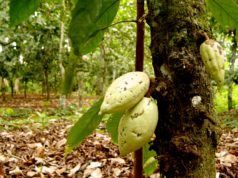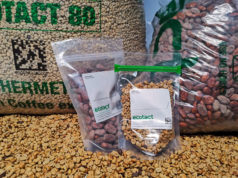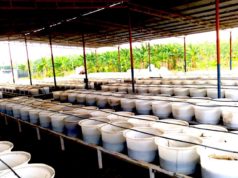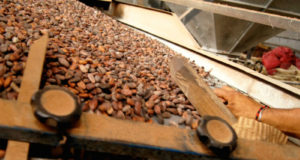By Maria Mercedes Rodriguez Z.
Many people believe that the word “fermented” means damaged or rotten. In fact, in the gastronomy world and handcrafted preparations, the fermentation process involves the growth of microorganisms in food to change its flavour and lengthen its preservation. Among the products at the top of this list are yogurt, tofu, cheese, beer and of course, cocoa.
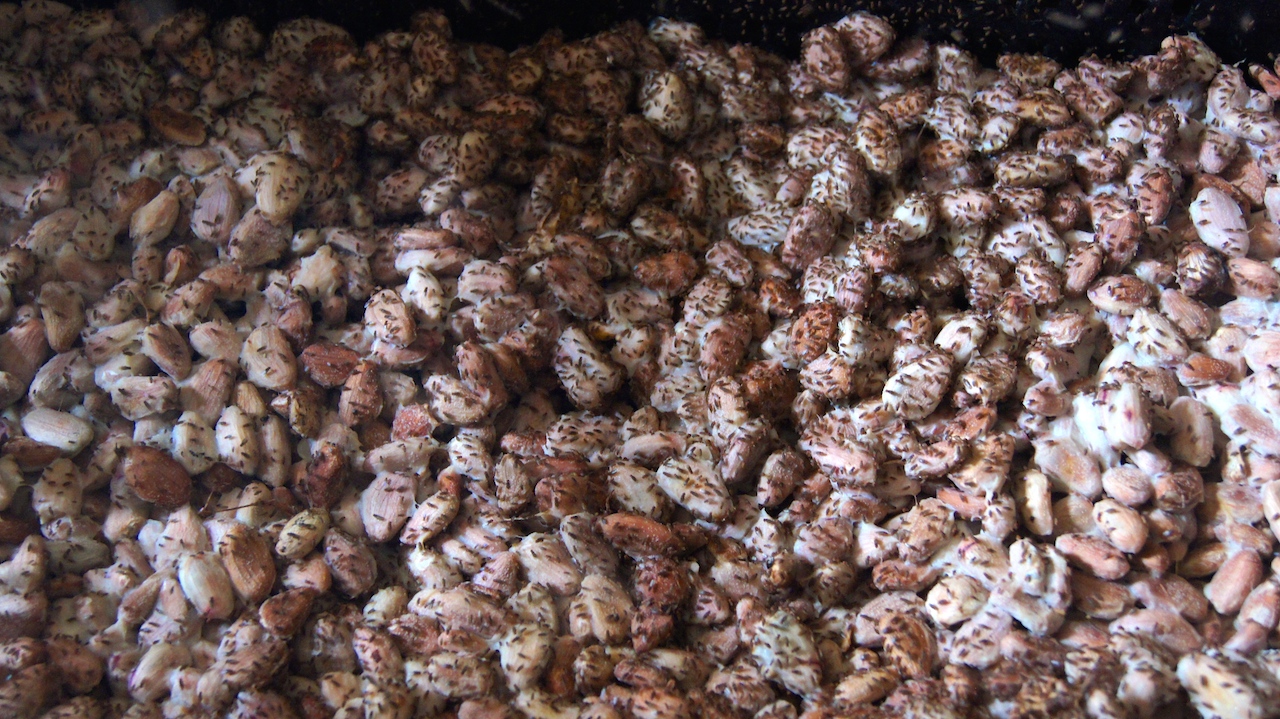
Let’s ferment!
There are many countries producing and exporting cocoa but do not carry out the fermentation process which, apart from drying, is the most important process to obtain a high quality cocoa.
By fermenting the slime the slime that coats the almonds is removed and also the substances to accentuate chocolate aroma and taste are formed. If this process is not carried out properly and the grain is directly dried in the sun, it comes into being an ordinary cocoa (also known as F2) without its characteristic chocolate aroma.
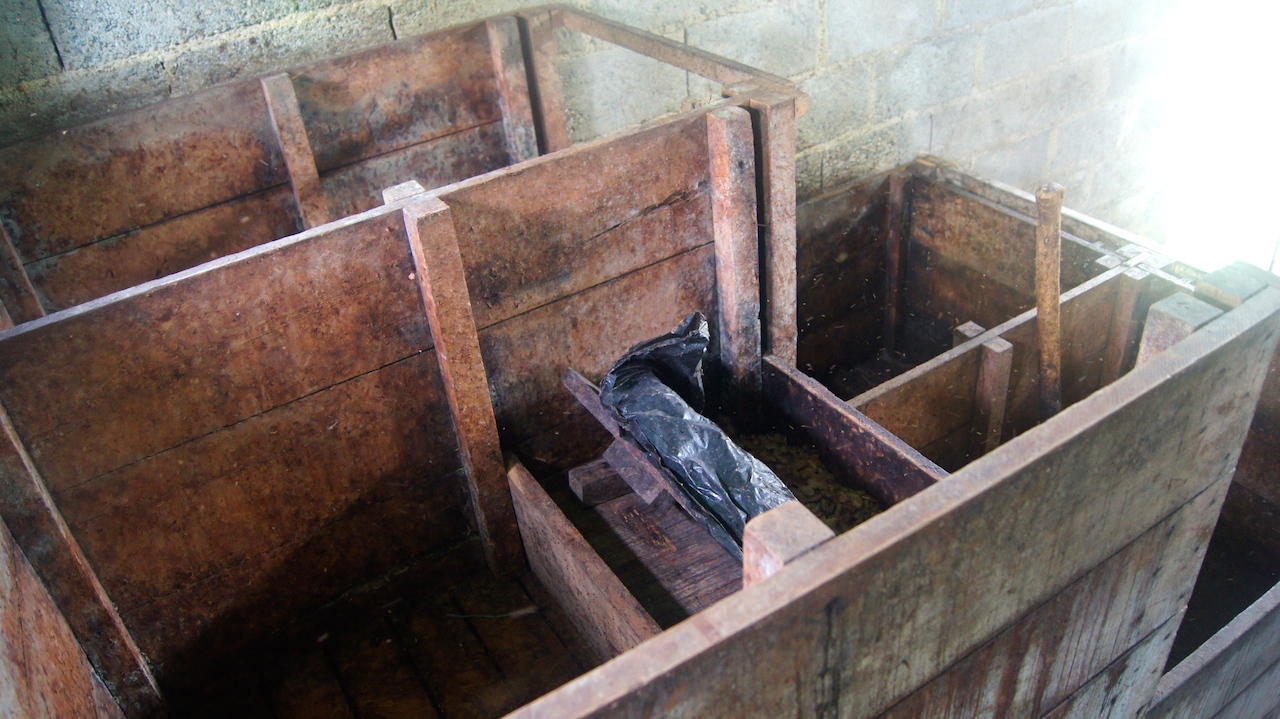
The right procedure
Humberto Reyes and Lilian Capriles (2000) in their book “El Cacao in Venezuela”, state that fermentation process is divided into two phases: hydrolysis or alcoholic phase and oxidation.
– Hydrolysis or alcoholic phase: microorganisms convert the pulp sugars into alcohol and carbon dioxide, which are oxidized during the process. When enzymes make contact with polyphenols and proteins, it starts the hydrolytic reactions that allow the change of pigmentation and begin to transform into the chocolate flavour we know.
– Oxidation phase: This stage of fermentation process begins at the moment of higher penetration of oxygen. The condensation of polyphenolic compounds into complex products takes place. During this process, the lack of moisture in the grain holds the enzymatic activity. When oxygen penetrates the cotyledon cells, the colour changes, the drying starts and oxygen penetration is much easier.
When a grain is fermented properly, it is formed a little brown ring on its edges, indicating that it is ready to be taken to the drying yard. This indicator appears on the Criollo cocoas approximately the third day of fermentation and on Trinitarios about the sixth day.

Step by Step
To obtain a well fermented grain there are some preliminary steps that must be followed in order to attain a higher quality at the end of cocoa processing. These are to harvest healthy and ripe fruit, not to mix fruits without the required quality with the good ones, and classify them depending on the type of cocoa.
Other considerations that should be taken into account are:
– To brush thoroughly (without water) the fermentation crates before filling them with another batch of cocoa.
– To schedule this process in order to collect the required number of pods.
– To cover the crates very well in order to maintain the adequate temperature for fermentation.
– To aerate the grains frequently to ensure that the process is achieved.
– Not to mix different cocoa types because each type requires different fermentation time. Likewise, all grains should be left the necessary time to ensure an even fermentation.
Fermentation is one of the essential processes for obtaining excellent quality cocoa and chocolate. Therefore, the key for success is to follow the recommendations and keep in mind the correct way to carry out this phase.


